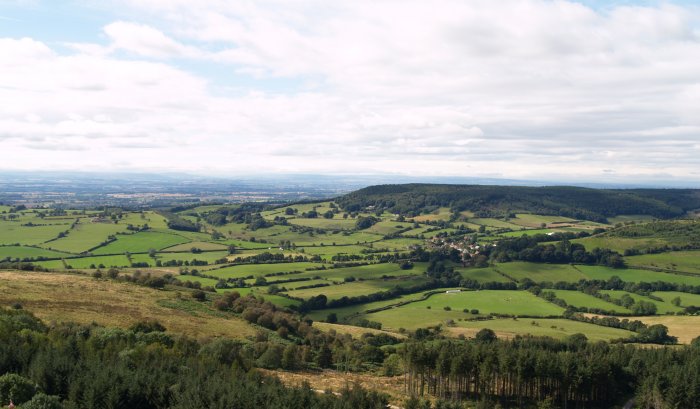Here is an excerpt from a report published in 2006 by the Institute for Public Policy Research, one of the government’s favourite think tanks. It is called Warm Words: How are we telling the climate story and can we tell it better?
Many of the existing approaches to climate change communications clearly seem unproductive. And it is not enough simply to produce yet more messages, based on rational argument and top-down persuasion, aimed at convincing people of the reality of climate change and urging them to act. Instead, we need to work in a more shrewd and contemporary way, using subtle techniques of engagement.
To help address the chaotic nature of the climate change discourse in the UK today, interested agencies now need to treat the argument as having been won, at least for popular communications. This means simply behaving as if climate change exists and is real, and that individual actions are effective. The ‘facts’ need to be treated as being so taken-for-granted that they need not be spoken.
The disparity of scale between the enormity of climate change and small individual actions should be dealt with by actually harnessing this disparity. Myth (which can reconcile seemingly irreconcilable cultural truths) can be used to inject the discourse with the energy it currently lacks.
Opposing the enormous forces of climate change requires an effort that is superhuman or heroic. The cultural norms (what we normally expect to be true) are that heroes – the ones who act, are powerful and carry out great deeds – are extraordinary, while ordinary mortals either do nothing or do bad things. The mythical position – the one that occupies the seemingly impossible space – is that of ‘ordinary hero’. The ‘ordinary heroism’ myth is potentially powerful because it feels rooted in British culture – from the Dunkirk spirit to Live Aid.
(my emphasis)
The first paragraph provides a clear admission that rational arguments have failed to convince the public that anthropogenic global warming is happening. This will surprise few people who have taken an interest in the scientific evidence and the political froth with which it is presented. The IPPR suggest that simulated conviction will be much more effective than being frank with the public; a very ‘shrewd and contemporary way’ of misleading people. All this is chillingly reminiscent of Tony Blair’s claim in parliament that evidence for Iraqi WMD was ‘extensive, detailed and authoritative’, when the Joint Intellect Committee had already warned him that it was ‘sporadic and patchy’. Continue reading »


Recent Comments